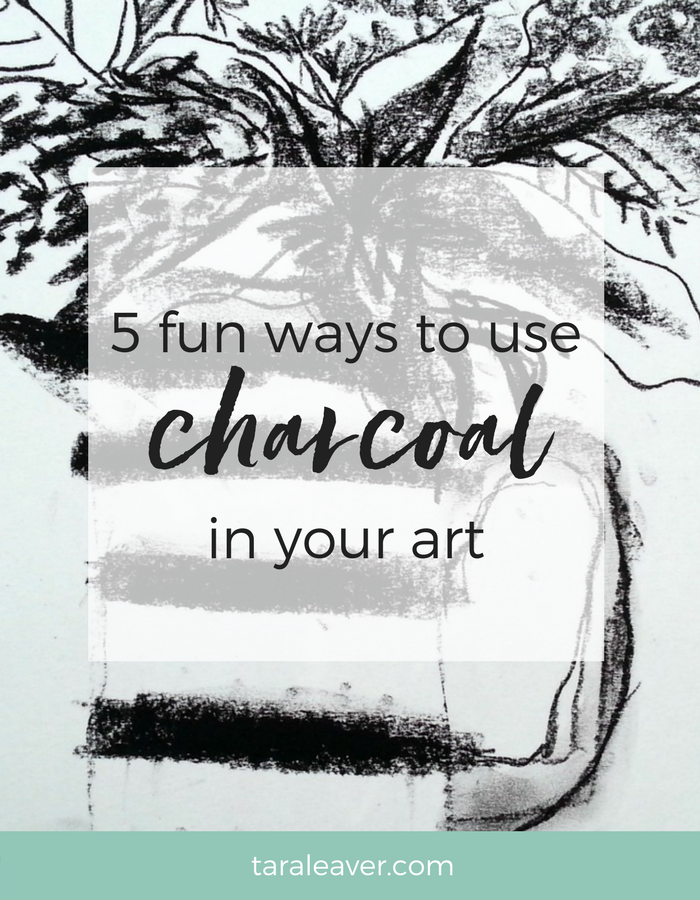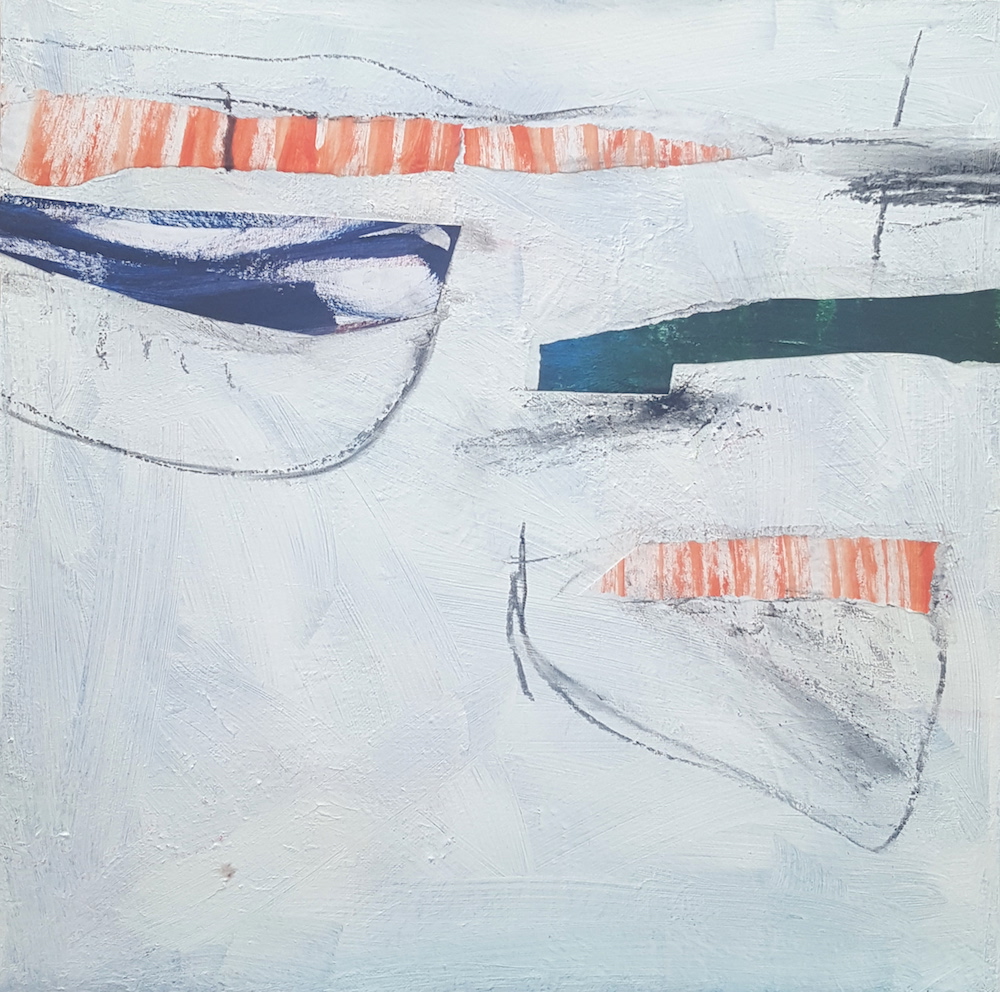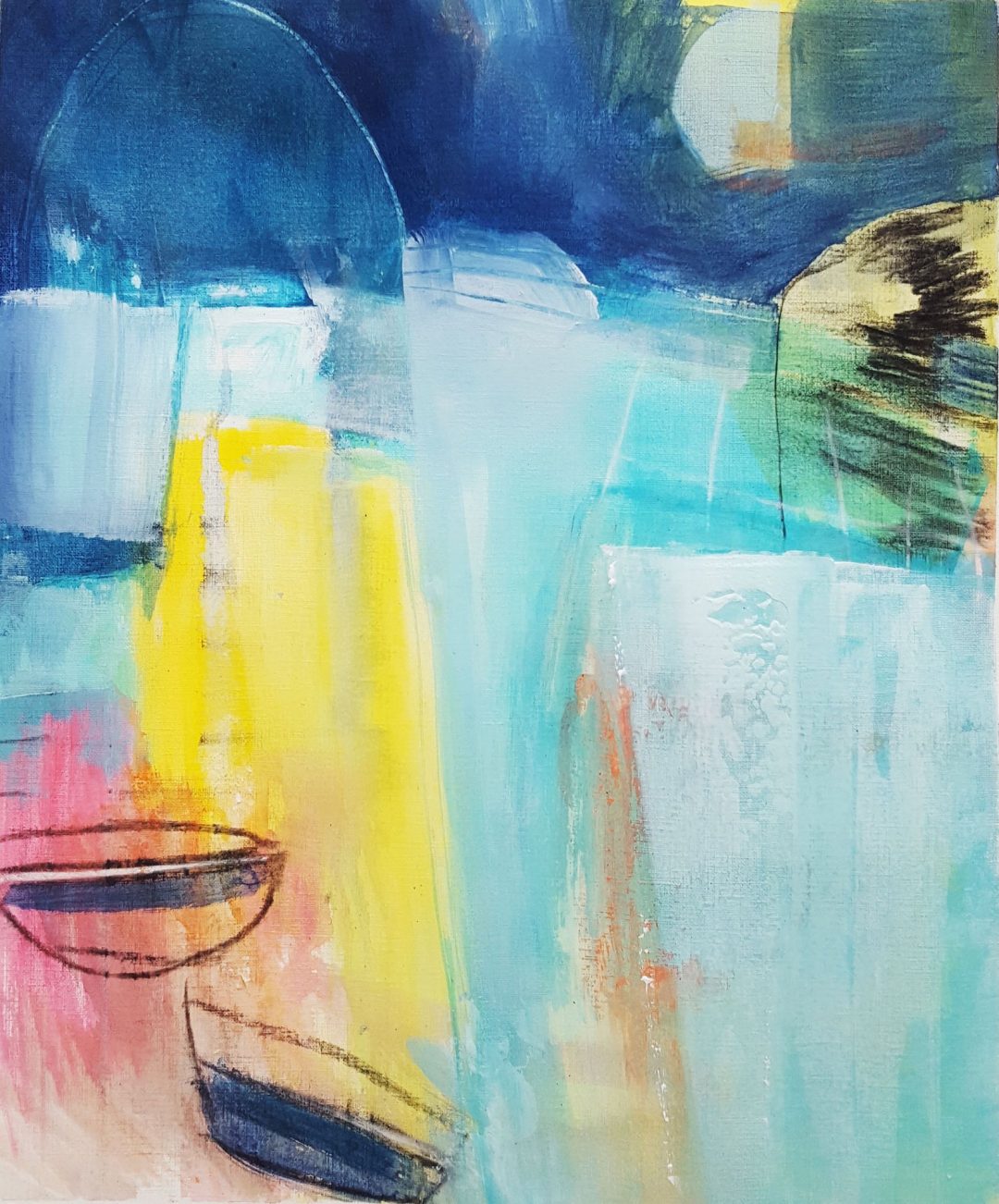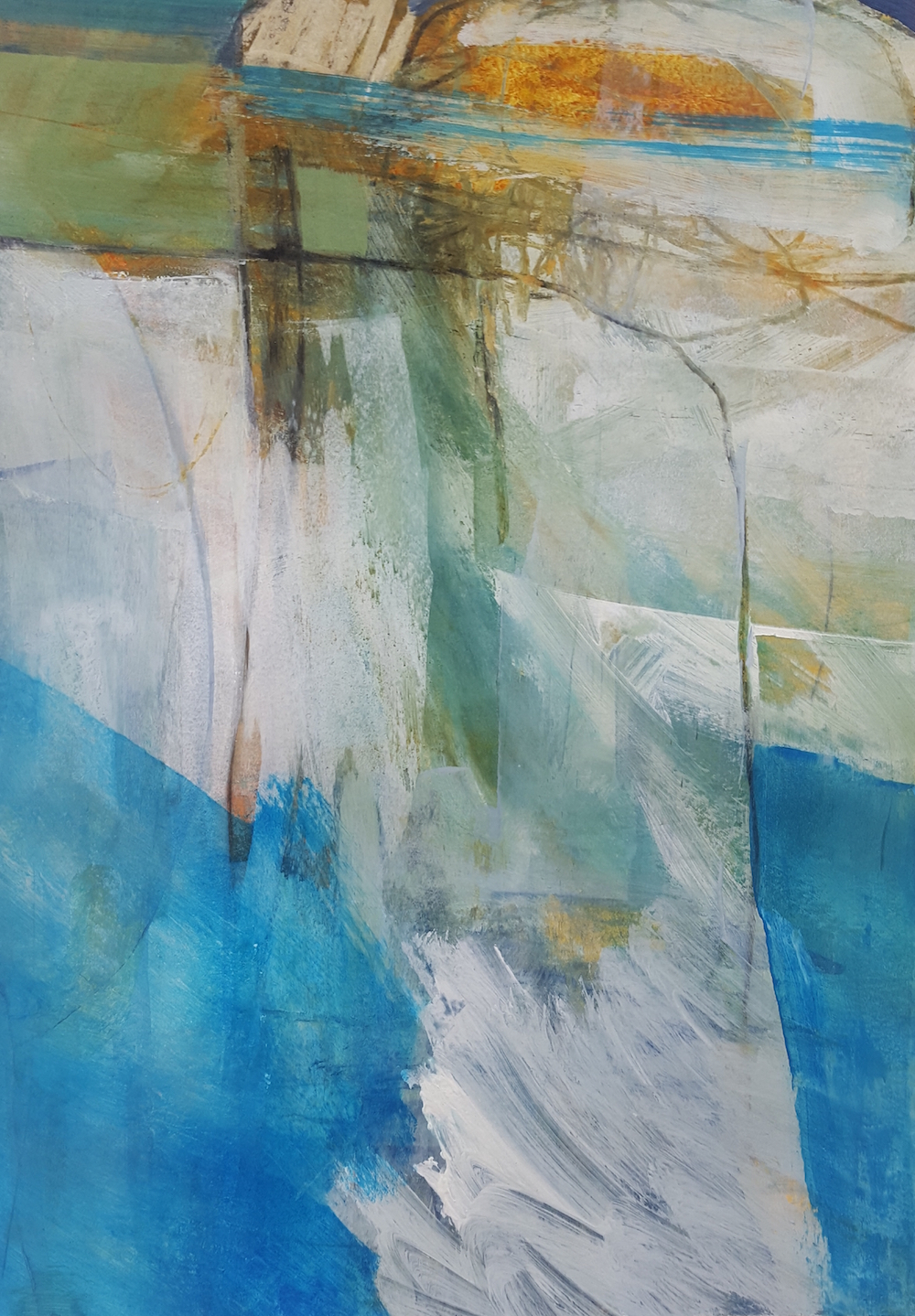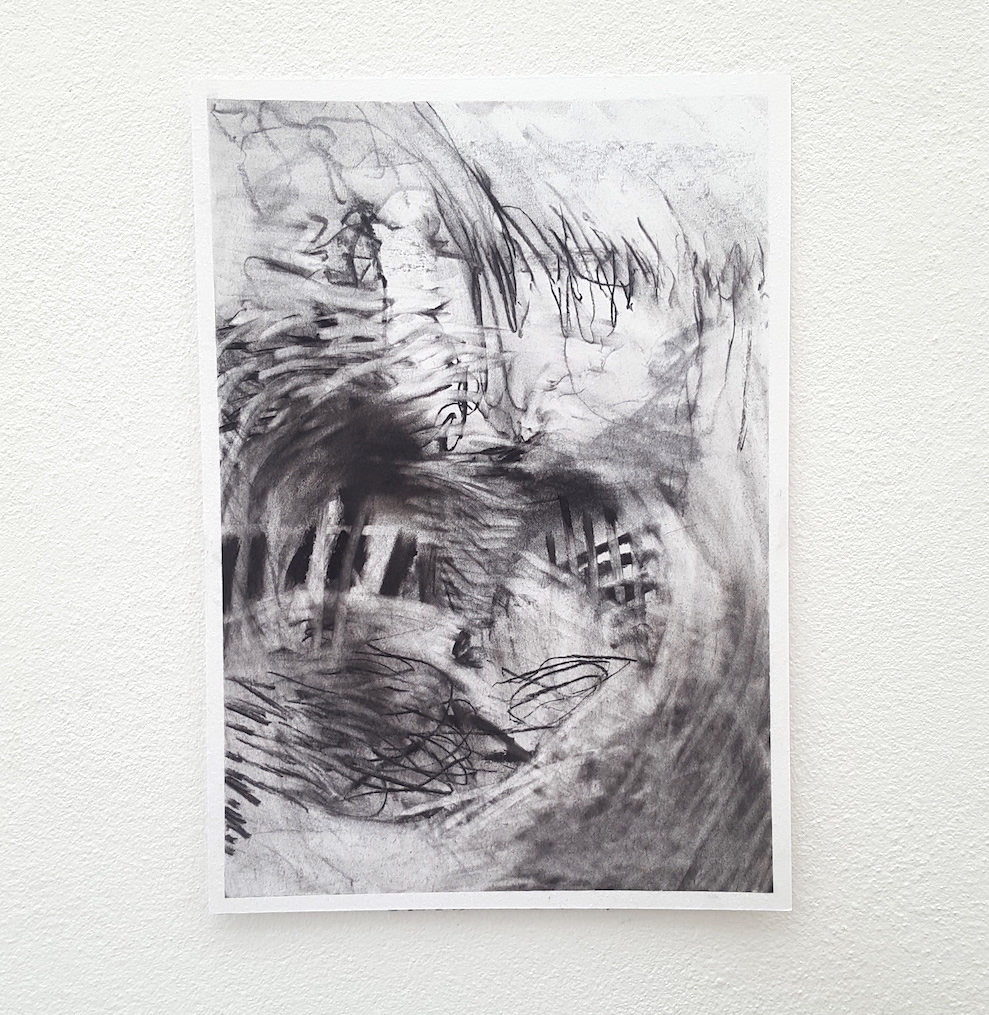The number one issue people seem to have with charcoal is that it’s messy.
That’s true, but so is paint! {Or at least it is the way I use it.😉}
We don’t make art to be orderly and contained – we do it to express!
And charcoal is such a brilliant medium for that kind of wild, ‘colour outside the lines’ abandon.
It seems a shame to let temporarily black fingers get in the way of all the fun ways to use charcoal in your art. And there’s always gloves. 🧤😊
Below are five of my most commonly used – and loved – ways to include charcoal in my art. With examples, of course.
1. To sketch out the composition of a painting
I often start a painting by quickly mapping in with charcoal some very basic lines and shapes of what I have in mind, whether on canvas or paper.
It can help me to work out composition without commitment and acts as a ‘way in’ to the painting.
Willow charcoal is easy to erase almost entirely, which is great if you don’t want it showing in the final piece.
Here’s an example of the early stages of a recent painting where I used charcoal with collage to map out the general idea.
Related: See me use charcoal and collage to start a painting here.
2. To provide or emphasise the darks in a painting
While I do use paint in black or dark colours for my darks, I also love to use charcoal. It provides a matte, velvety counterpoint to shiny acrylic, and enables me to scribble in, thus bringing variation of marks to a painting.
Here’s an example:
3. To create linework or detail in a painting
Similarly to the way I use charcoal for dark areas, I also LOVE it for doing the linework in a painting.
Here’s one such example, where the charcoal drawing is bound into the various layers of the painting and being revealed with varying intensity:
4. To pull out detail over textured gesso
This one is so fun! If you use gesso, or any other texture making medium, once it’s dry you can rub the side of the charcoal across it to pick up the raised areas.
Then you can blend a bit with your finger or leave it as is, depending on the look you’re going for.
Just don’t forget to give it a good few layers of spray fixative or varnish!
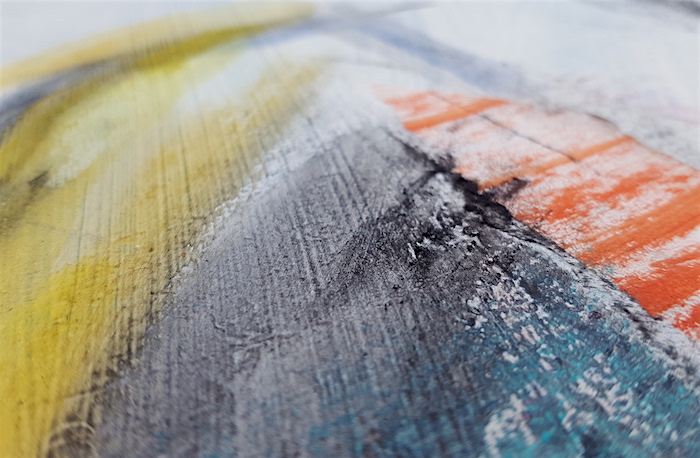
5. For fun or cathartic mark making
See the video in this post for a quick lesson in cathartic charcoal usage!
It doesn’t have to always be about making a masterpiece, or something you’d necessarily keep or show anyone.
Charcoal’s great expressive mark making capacity means if you have stuff to work through, you can scribble it out and perhaps even make some discoveries in the process.
Here’s the piece from that video – I made some interesting discoveries about layering and mark making while doing it:
If you’d like to explore using charcoal as an expressive medium for your art, check out my course, Expressive Charcoal.
Expressive Charcoal is a playful and exploratory course that focuses on this bold medium at its most dynamic.
As with all my courses, you are guided towards your truest self expression through your art, whether you’re a beginner wanting to dip your toes in, or have some experience under your belt but could use some fresh energy in your work.
“[This course] opened my eyes and heart to the unexpected, exciting, challenging and very rewarding world of charcoal. Tara’s teaching methods are easy to follow and I always feel very encouraged by her. Expressive Charcoal was brilliant!”
Charmaine Belterman
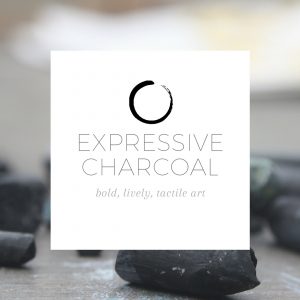 If this has piqued your interest and you’re keen to dig into the wonders of charcoal a bit further, the Expressive Charcoal course is for you!
If this has piqued your interest and you’re keen to dig into the wonders of charcoal a bit further, the Expressive Charcoal course is for you!
It lives inside the Happy Artist Studio, which means that for just $37, you can enjoy not just this course, but all my other art courses, as well as behind the scenes from my own practice, a Q&A library for answers to your burning art questions, and a wealth of other resources to support you in your artistic development.
Click the image on the left or here to learn more and join today!

